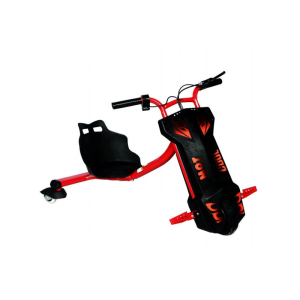Hot forging for brass valve production offers numerous advantages over alternative manufacturing methods. This process involves heating brass material to high temperatures and then shaping it using dies under immense pressure. One of the primary benefits of hot forging is its ability to enhance the mechanical properties of brass valves, ensuring superior performance and durability.
In hot forging for brass valves, the use of specialized dies is crucial. Commonly, materials like tool steel or carbide are employed for dies due to their high strength and resistance to wear and deformation under extreme pressure and temperature conditions.
Hot forging significantly influences the mechanical properties of brass valves compared to other manufacturing methods. By subjecting the brass material to high temperatures, its grain structure is refined, resulting in improved strength, toughness, and resistance to fatigue. Additionally, hot forging promotes better dimensional accuracy and surface finish, reducing the need for subsequent machining operations.
Furthermore, hot forging allows for complex shapes to be formed with precision, enabling the production of intricate brass valve designs that may be challenging or impossible to achieve using other techniques. This versatility in design enhances the functionality and performance of brass valves, meeting the diverse requirements of various applications.
Moreover, the hot forging process facilitates faster production cycles and higher throughput compared to cold forging or machining methods. This efficiency not only reduces production costs but also ensures timely delivery of brass valves to meet market demands.
Additionally, hot forging for brass valve production offers environmental benefits by reducing material waste and energy consumption. The controlled heating and shaping of brass material result in reduced scrap generation, contributing to sustainability goals and reducing overall environmental impact.
In conclusion, hot forging for brass valve production presents numerous advantages, including improved mechanical properties, enhanced design flexibility, and increased production efficiency. By harnessing the capabilities of hot forging, manufacturers can produce high-quality brass valves that meet stringent performance
requirements while optimizing resource utilization and reducing environmental footprint.
Overall, the utilization of hot forging in brass valve manufacturing underscores its significance as a cost-effective, efficient, and environmentally sustainable production method, driving innovation and excellence in the valve industry.







